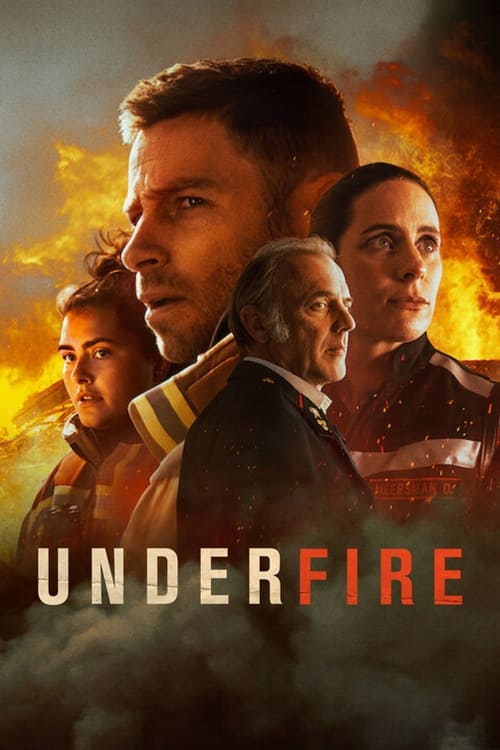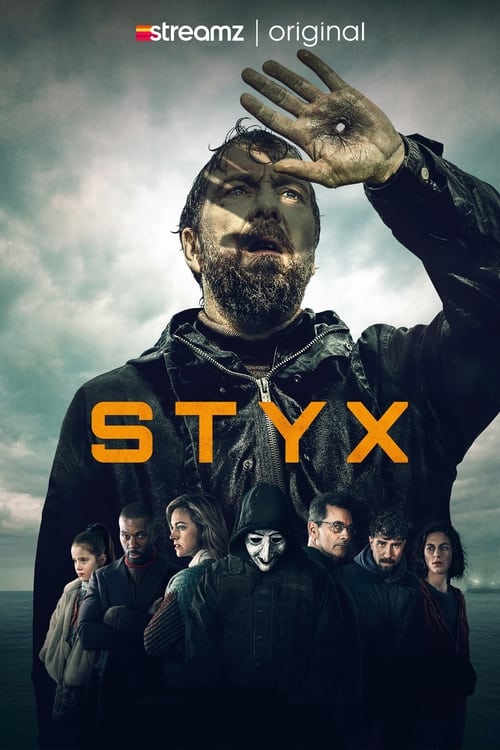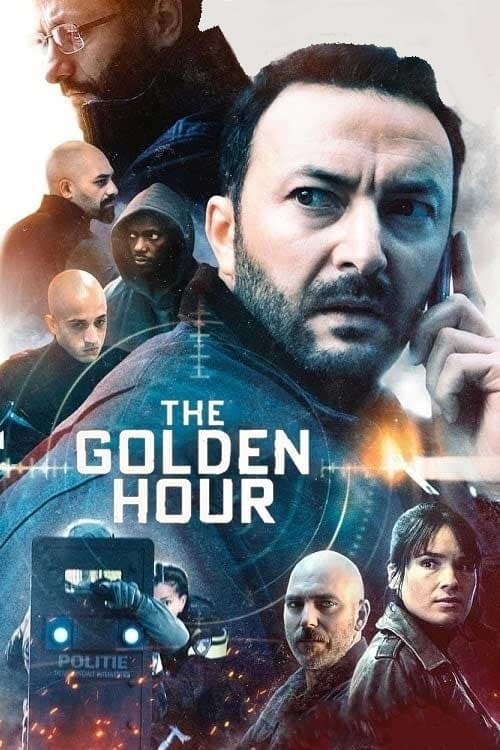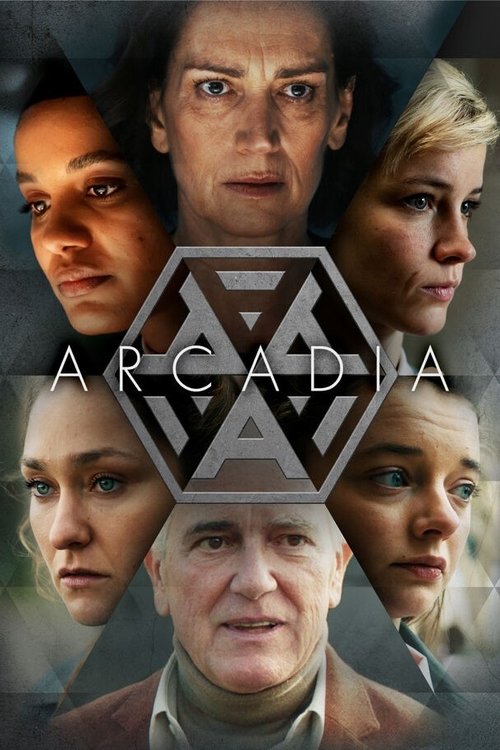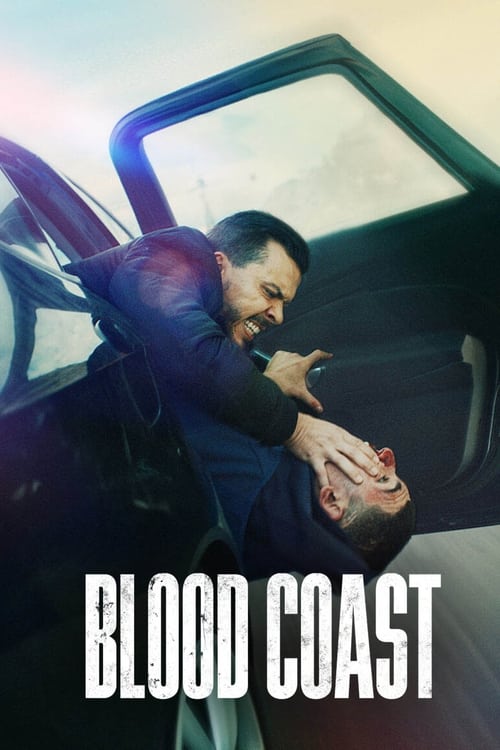
Ask Your Own Question
What is the plot?
In the opening scene of "Under Fire," we are introduced to a war-torn city where chaos reigns. The camera pans over the destruction, showcasing crumbling buildings and the sounds of distant gunfire. We meet the protagonist, a seasoned journalist named Alex, who is determined to report on the humanitarian crisis unfolding in the area. He is accompanied by his camera operator, Mia, who is both supportive and anxious about the dangers they face. As they navigate through the streets, they witness the aftermath of a recent bombing, capturing footage of civilians in distress. Alex's internal motivation is clear: he wants to shed light on the suffering of the innocent and bring attention to the conflict.
As they continue their reporting, Alex and Mia encounter a group of local activists who are trying to help displaced families. Among them is a passionate leader named Samir, who shares his harrowing experiences and the struggles of his community. This meeting deepens Alex's resolve to tell their story, and he decides to follow Samir and his team as they attempt to provide aid. The emotional weight of the situation begins to affect Mia, who feels the pressure of capturing the right moments while grappling with her own fears about their safety.
The narrative shifts when Alex and Mia receive a tip about a secret meeting between rebel leaders and government officials. They decide to infiltrate the meeting to gather crucial information. As they approach the location, tension builds; they are aware that they are entering a highly dangerous situation. They manage to blend in with a group of attendees, but their presence is soon detected. A confrontation ensues, and Alex and Mia must quickly escape. They navigate through narrow alleyways, adrenaline pumping, as gunfire erupts around them. Their escape is fraught with close calls, and they narrowly avoid capture.
After the harrowing escape, Alex and Mia regroup with Samir and the activists. They share the information they gathered, which reveals a potential ceasefire agreement that could save lives. However, the activists are skeptical about the government's intentions. Alex feels a growing sense of responsibility to ensure that the truth is revealed, while Mia struggles with the moral implications of their work. The group decides to stage a protest to demand transparency from the government, and Alex plans to document the event.
The protest begins peacefully, but tensions escalate when government forces arrive to disperse the crowd. Alex captures the chaos on camera as the situation turns violent. He witnesses activists being arrested and injured, and his heart races as he realizes the gravity of the moment. In the midst of the chaos, Mia is separated from Alex, and he frantically searches for her. The emotional turmoil of losing her heightens his determination to protect those around him.
As night falls, Alex finds Mia hiding in a nearby building. They regroup and decide to take refuge with Samir and the activists. They share their fears and frustrations, and Alex vows to continue fighting for the truth. The group devises a plan to leak the footage of the protest to international media, hoping to draw attention to the government's actions. The stakes are high, and they know that failure could have dire consequences.
In a pivotal moment, they manage to upload the footage, but their location is compromised. Government forces raid the building, and a tense standoff ensues. Alex and Mia, along with the activists, must make a split-second decision to escape through a hidden exit. The group splits up to increase their chances of survival, and Alex and Mia find themselves in a desperate chase through the darkened streets.
During their escape, they encounter a checkpoint manned by soldiers. Alex, thinking quickly, pretends to be a local resident, while Mia hides nearby. The soldiers are suspicious, and the tension mounts as Alex tries to maintain his composure. Just as it seems they might be discovered, a distraction occurs, allowing them to slip away unnoticed. The relief is palpable, but the danger is far from over.
As they regroup with Samir and the remaining activists, they learn that the footage has gone viral, sparking international outrage. However, the government retaliates by launching a crackdown on dissent. The group faces increasing threats, and Alex grapples with the weight of their situation. He feels a deep sense of responsibility for the lives of those around him, especially Mia, who has become more than just a colleague.
In the climax of the story, the activists plan a final demonstration to demand justice. Alex and Mia are determined to document the event, knowing it could be their last chance to make an impact. As the demonstration unfolds, they are met with overwhelming force from the government. The scene is chaotic, with tear gas and gunfire erupting. Alex captures the harrowing moments on camera, but the situation quickly spirals out of control.
In the midst of the chaos, Mia is injured, and Alex's world shatters. He rushes to her side, torn between his duty to document the truth and his need to protect her. The emotional stakes reach a peak as he realizes the cost of their work. With Mia's safety in jeopardy, Alex makes the heart-wrenching decision to leave the protest and seek medical help for her.
The story concludes with Alex and Mia escaping the city, but not without scars--both physical and emotional. They reflect on the sacrifices made and the stories left untold. The final scene shows them in a safe location, but the weight of their experiences lingers. Alex vows to continue fighting for justice, while Mia contemplates the impact of their work on their lives and the lives of those they sought to help. The screen fades to black, leaving the audience with a sense of unresolved tension and the ongoing struggle for truth in a world under fire.
What is the ending?
In the ending of "Under Fire," the main characters face the culmination of their struggles as they confront the consequences of their actions. The story concludes with a tense standoff, leading to significant sacrifices and revelations that change their lives forever.
As the final act unfolds, the tension escalates. The scene opens with the main characters, including the determined journalist and the conflicted soldier, navigating through a war-torn landscape. They are on a mission to expose the truth behind the conflict, but their journey is fraught with danger. The atmosphere is thick with uncertainty, and the sounds of distant gunfire echo in the background, heightening the stakes.
In a pivotal moment, the journalist discovers crucial evidence that could turn the tide of public opinion. However, this revelation comes at a cost. As they attempt to escape, they are ambushed by opposing forces. The soldier, driven by a sense of duty and loyalty, makes a split-second decision to protect the journalist, putting himself in harm's way. The emotional weight of this choice is palpable, as the soldier grapples with his own fears and the desire to do what is right.
The scene shifts to a chaotic confrontation, where the characters are forced to confront their adversaries. The journalist, fueled by a mix of fear and determination, captures the unfolding events on camera, knowing that this footage could be their only chance to make a difference. The tension in the air is electric, as both sides clash, and the stakes become increasingly personal.
As the conflict reaches its climax, sacrifices are made. The soldier is gravely injured while ensuring the journalist's escape. In a heart-wrenching moment, he urges the journalist to continue the fight for truth, embodying the spirit of resilience and hope. The emotional farewell is filled with unspoken words, as the journalist promises to honor his sacrifice.
In the aftermath, the journalist manages to escape and broadcasts the evidence to the world, shedding light on the atrocities of war. The final scenes depict the impact of their work, as the public reacts to the revelations. The soldier's fate remains uncertain, leaving a lingering sense of loss and the harsh realities of conflict.
The story concludes with the journalist standing amidst a crowd, holding the camera that captured their journey. The weight of their experiences is evident in their expression, a mix of sorrow and determination. The screen fades to black, leaving viewers to reflect on the cost of truth and the enduring spirit of those who fight for it.
Is there a post-credit scene?
In the 2021 TV show "Under Fire," there is no post-credit scene. The series concludes its narrative without any additional scenes after the credits roll. The final moments of the last episode wrap up the main story arcs and character developments, providing a sense of closure to the intense and emotional journey the characters have undergone throughout the series. The focus remains on the resolution of the central conflicts and the characters' futures, leaving no lingering cliffhangers or additional content in a post-credit format.
What motivates the main character, Dr. K, to continue working in a war zone despite the dangers?
Dr. K is driven by a deep sense of duty and compassion for the victims of war. Her internal conflict is palpable as she grapples with the horrors she witnesses daily, yet she feels a profound responsibility to provide care and support to those in desperate need. This motivation is further complicated by her personal history, which fuels her desire to make a difference.
How does the relationship between Dr. K and her mentor evolve throughout the series?
Initially, Dr. K views her mentor as a guiding figure, someone who embodies the ideals of medical ethics and humanitarianism. However, as the series progresses, their relationship becomes strained due to differing views on how to handle the moral dilemmas presented by their environment. Dr. K's growing independence and her mentor's increasingly pragmatic approach create tension, leading to pivotal confrontations that challenge their bond.
What are the key challenges faced by the medical team in the field, and how do they respond to them?
The medical team faces numerous challenges, including limited resources, constant threats from nearby conflict, and the emotional toll of treating severely injured patients. Each episode highlights their resourcefulness and resilience, showcasing their innovative solutions to medical crises, such as performing surgeries with makeshift tools or improvising treatments under extreme pressure. The emotional strain is evident as they cope with loss and the weight of their decisions.
How does the character of the war journalist impact the narrative and the medical team's dynamics?
The war journalist serves as both an observer and a catalyst for change within the medical team. Initially, they are seen as an outsider, but as they document the team's struggles, they begin to form connections with the staff. This character challenges the team to confront the realities of their situation and the ethical implications of their work, ultimately influencing their perspectives and decisions as they navigate the complexities of war.
What specific events lead to the climax of the series, and how do they affect the characters involved?
The climax is marked by a sudden escalation of violence in the area, forcing the medical team to make life-or-death decisions in a chaotic environment. Key events include an unexpected attack on their facility, which results in casualties among both patients and staff. This crisis tests the characters' resolve, revealing their vulnerabilities and strengths, and ultimately leads to a dramatic confrontation that reshapes their relationships and future paths.
Is this family friendly?
"Under Fire," produced in 2021, is a drama that delves into intense themes surrounding war, conflict, and the human experience in crisis situations. While it offers a gripping narrative, it may not be considered family-friendly due to several potentially objectionable or upsetting aspects:
-
Violence and Conflict: The show features scenes of armed conflict, including gunfire and explosions, which can be distressing for younger viewers or sensitive individuals.
-
Injury and Trauma: There are depictions of injuries sustained during combat, as well as the emotional and psychological trauma experienced by characters, which may be unsettling.
-
Death and Loss: Characters face significant loss, including the death of loved ones, which can evoke strong emotional responses and may be difficult for children to process.
-
Mature Themes: The narrative explores themes of survival, moral dilemmas, and the impact of war on families and communities, which may be complex and heavy for younger audiences.
-
Emotional Distress: Characters experience intense emotional struggles, including fear, grief, and despair, which could be overwhelming for sensitive viewers.
Overall, while "Under Fire" presents a powerful story, its content may not be suitable for children or those who are particularly sensitive to themes of violence and emotional trauma.

